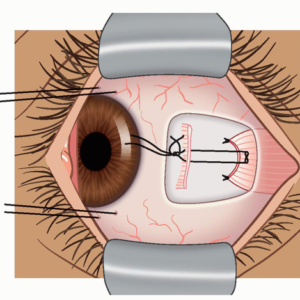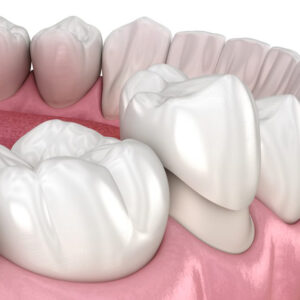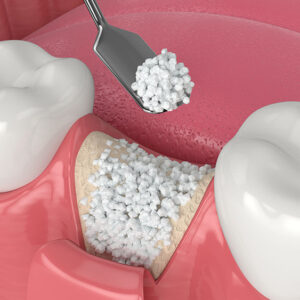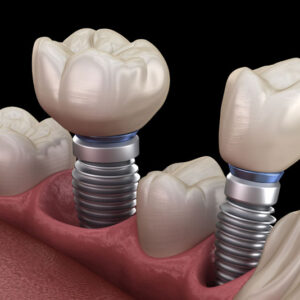Description
Familiarity with Treatment
Laser-assisted myringotomy is a surgical procedure that uses a laser to create an incision in the eardrum (myringotomy) for the purpose of draining fluid or pus from the middle ear. This technique is an alternative to conventional myringotomy, which uses a scalpel or knife to make the incision.
Procedure
During laser-assisted myringotomy, a CO2 laser is used to create a precise and controlled opening in the eardrum. The laser takes only a fraction of a second to create the incision, without damaging the surrounding tissue. The procedure is typically performed under local anesthesia for adults and general anesthesia for children. The laser-assisted technique allows for improved precision and reduced trauma compared to conventional myringotomy.
Who is it Suitable For?
Laser-assisted myringotomy is suitable for individuals with conditions such as chronic ear infections, middle ear effusion (fluid accumulation), or other middle ear pathologies that require drainage. It may be particularly beneficial for individuals who prefer a less invasive procedure or have concerns about conventional myringotomy.
Who is it Not Suitable For?
Laser-assisted myringotomy may not be suitable for individuals with specific medical conditions or anatomical limitations that may affect the feasibility or safety of the procedure. A comprehensive evaluation by a specialist is necessary to determine the suitability for laser-assisted myringotomy.
Advantages
- Precision and Control: Laser-assisted myringotomy allows for precise and controlled incisions in the eardrum, minimizing trauma to surrounding tissues.
- Reduced Discomfort: The use of a laser may result in reduced postoperative pain and discomfort compared to conventional myringotomy.
- Potential for Faster Healing: Laser-assisted myringotomy may promote faster healing of the incision site compared to conventional myringotomy.
Complications
Complications of laser-assisted myringotomy may include:
- Recurrence of Fluid Accumulation: In some cases, fluid may reaccumulate in the middle ear after the procedure, requiring further intervention.
- Perforation of the Eardrum: There is a risk of eardrum perforation during the procedure, although it is generally low.
- Infection: As with any surgical procedure, there is a risk of infection at the incision site.
Preoperative Care
Preoperative care for laser-assisted myringotomy involves a comprehensive evaluation by a specialist to assess the individual’s medical history, anatomical considerations, and overall suitability for the procedure. This may include audiometric testing, imaging studies, and medical clearance.
Postoperative Care
Following laser-assisted myringotomy, individuals should adhere to postoperative instructions provided by their healthcare team. This may include guidelines for wound care, pain management, activity restrictions, and follow-up appointments to monitor healing and address any concerns.
Laser-assisted myringotomy is a surgical procedure that uses a laser to create an incision in the eardrum for the purpose of draining fluid or pus from the middle ear. It offers advantages such as improved precision, reduced discomfort, and potential faster healing compared to conventional myringotomy.






Reviews
There are no reviews yet.